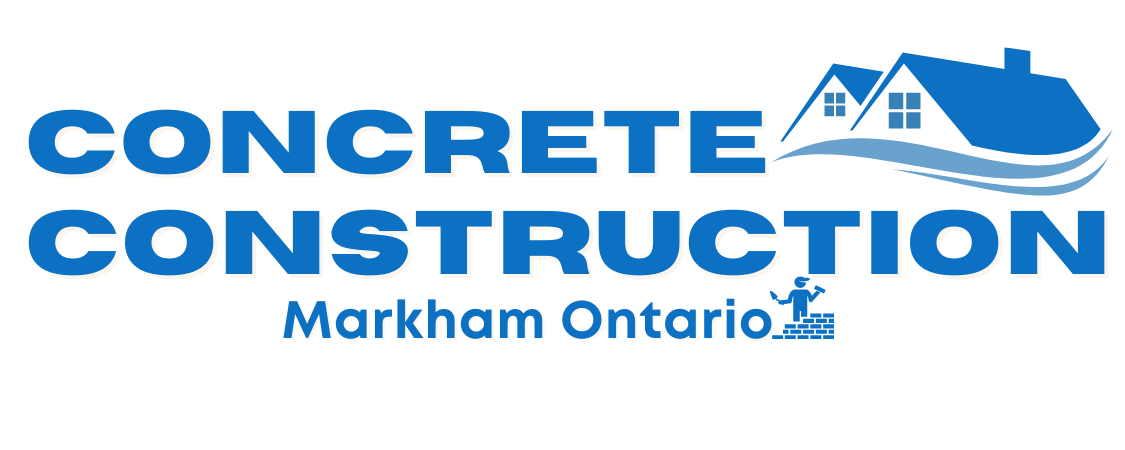Are you tired of dealing with cracked and damaged concrete in your home or business? Look no further! In this article, we will provide concrete repair solutions for every need. Whether you have minor cracks or major structural damage, we have the right methods to fix it all.
The first step in any concrete repair project is to identify the extent of the damage. Cracks may seem harmless at first, but they can quickly escalate into bigger issues if left untreated. We will help determine whether you need a simple patching job or a more extensive repair. Once the damage is assessed, we will guide you in choosing the right repair method for your specific needs. We have a solution for every type of concrete damage from epoxy injections to resurfacing. So, say goodbye to unsightly cracks and hello to a sturdy and beautiful concrete surface!
Identifying Concrete Damage
You can easily spot concrete damage by looking for cracks that resemble lightning bolts, spiderwebs, or deep crevices in the surface. These cracks are usually caused by various factors such as freeze-thaw cycles, heavy loads, or even natural disasters like earthquakes. Identifying concrete damage early on is important to prevent further deterioration and potential safety hazards. By regularly inspecting your concrete structures, you can ensure that any damage is addressed promptly and the necessary repairs are carried out.
In addition to cracks, other signs of concrete damage include spalling, which is when the surface begins to chip or flake off, exposing the underlying layers. This is often caused by moisture infiltration, corrosion of reinforcement bars, or poor installation techniques. Another common form of concrete damage is scaling, where the top layer of the concrete becomes loose and comes off in flakes. This can be caused by freeze-thaw cycles, chemical exposure, or inadequate curing.
To accurately assess the extent of concrete damage, it’s important to consult a professional specializing in concrete repair. They have the expertise and tools to identify the underlying cause of the damage and recommend the most suitable repair solutions. Whether it’s crack injection, surface repairs, or structural rehabilitation, there are a wide range of concrete repair techniques available to address every need. By addressing concrete damage early and using the appropriate repair solutions, you can extend the lifespan of your concrete structures and ensure their durability and safety for years to come.
Choosing the Right Repair Method
When considering the appropriate method, it’s crucial to consider the specific issue at hand and its long-term effects. Different types of concrete damage require different repair methods. For example, a simple patching compound may suffice if you’re dealing with surface cracks. However, if the cracks are deeper and more severe, you may need to consider epoxy injections or even complete concrete replacement. By carefully assessing the extent of the damage and the potential for future deterioration, you can choose the right repair method that will provide a long-lasting solution.
Another important factor to consider when choosing the right repair method is the location of the damage. Is it in an area that is exposed to heavy traffic or harsh weather conditions? If so, you’ll need a repair method that can withstand these challenges. For high-traffic areas, concrete overlays or coatings may be necessary to provide added strength and durability. On the other hand, if the damage is in a less exposed area, a simple patching or resurfacing may be sufficient.
Lastly, it’s essential to consider the budget and timeline for the repair project. Some repair methods, such as concrete replacement, can be costly and time-consuming. If you’re working with a limited budget or tight timeline, you may need to explore alternative repair methods that are more cost-effective and efficient. Consulting with a professional concrete repair specialist can help you evaluate the various options and choose the method that best fits your needs and constraints.
When choosing the right repair method for your concrete damage, you must consider the specific issue at hand, the long-term effects, the location of the damage, and your budget and timeline. By considering these factors, you can make an informed decision that will provide a durable and cost-effective solution. Remember to consult with a professional to ensure that the chosen repair method is appropriate for your specific situation.
Benefits of Epoxy Injections
One of the great things about epoxy injections is that they can effectively address deep and severe cracks in your concrete, providing a long-lasting solution. Epoxy injections are a popular choice for concrete repair because they offer several benefits. Firstly, epoxy injections are highly durable and can withstand heavy loads and traffic. This makes them ideal for repairing cracks in high-traffic areas such as driveways, parking lots, and industrial floors.
Another advantage of epoxy injections is their ability to bond with the existing concrete, creating a strong and seamless repair. This means that once the epoxy has been injected into the crack, it will become an integral part of the concrete structure, preventing further damage and deterioration. The strong bond formed by epoxy injections also helps restore the concrete’s structural integrity, ensuring that it can bear the weight and stresses it was designed for.
In addition to their durability and bonding properties, epoxy injections also offer a quick and efficient repair solution. The epoxy can be injected directly into the crack, filling it completely and sealing it off from moisture and contaminants. This prevents further deterioration and extends the lifespan of the concrete. Furthermore, epoxy injections cure quickly, allowing for minimal downtime and disruption to your daily activities. With epoxy injections, you can repair your concrete and back in use in no time.

